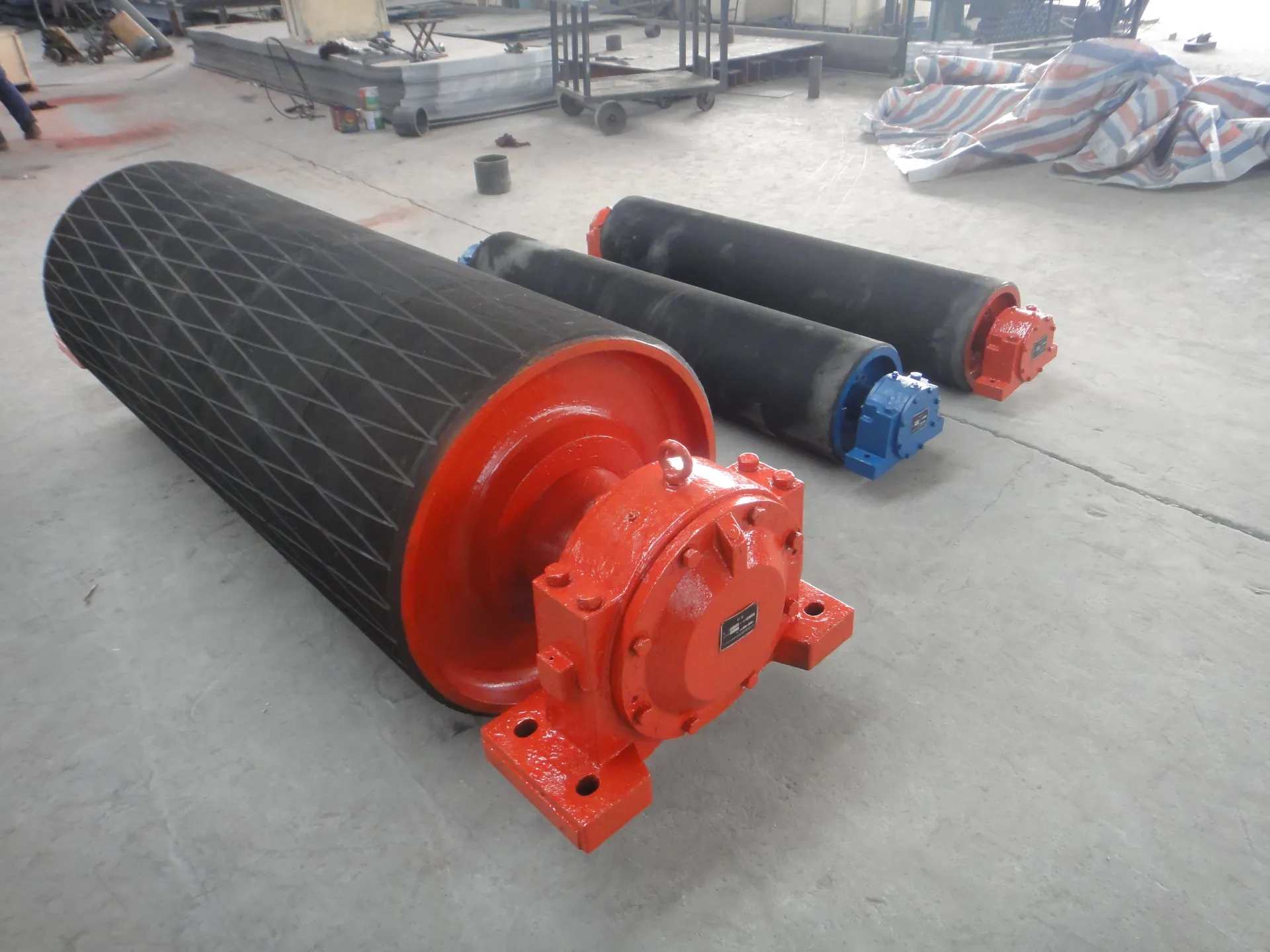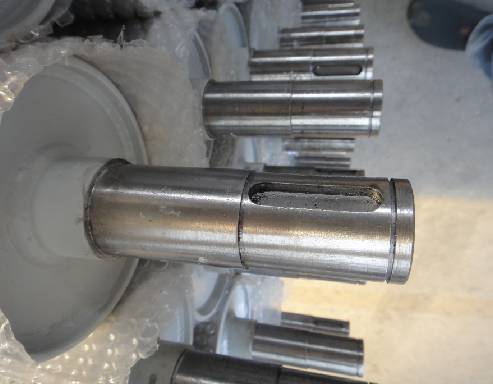 Afrikaans
Afrikaans  Albanian
Albanian  Amharic
Amharic  Arabic
Arabic  Armenian
Armenian  Azerbaijani
Azerbaijani  Basque
Basque  Belarusian
Belarusian  Bengali
Bengali  Bosnian
Bosnian  Bulgarian
Bulgarian  Catalan
Catalan  Cebuano
Cebuano  Corsican
Corsican  Croatian
Croatian  Czech
Czech  Danish
Danish  Dutch
Dutch  English
English  Esperanto
Esperanto  Estonian
Estonian  Finnish
Finnish  French
French  Frisian
Frisian  Galician
Galician  Georgian
Georgian  German
German  Greek
Greek  Gujarati
Gujarati  Haitian Creole
Haitian Creole  hausa
hausa  hawaiian
hawaiian  Hebrew
Hebrew  Hindi
Hindi  Miao
Miao  Hungarian
Hungarian  Icelandic
Icelandic  igbo
igbo  Indonesian
Indonesian  irish
irish  Italian
Italian  Japanese
Japanese  Javanese
Javanese  Kannada
Kannada  kazakh
kazakh  Khmer
Khmer  Rwandese
Rwandese  Korean
Korean  Kurdish
Kurdish  Kyrgyz
Kyrgyz  Lao
Lao  Latin
Latin  Latvian
Latvian  Lithuanian
Lithuanian  Luxembourgish
Luxembourgish  Macedonian
Macedonian  Malgashi
Malgashi  Malay
Malay  Malayalam
Malayalam  Maltese
Maltese  Maori
Maori  Marathi
Marathi  Mongolian
Mongolian  Myanmar
Myanmar  Nepali
Nepali  Norwegian
Norwegian  Norwegian
Norwegian  Occitan
Occitan  Pashto
Pashto  Persian
Persian  Polish
Polish  Portuguese
Portuguese  Punjabi
Punjabi  Romanian
Romanian  Russian
Russian  Samoan
Samoan  Scottish Gaelic
Scottish Gaelic  Serbian
Serbian  Sesotho
Sesotho  Shona
Shona  Sindhi
Sindhi  Sinhala
Sinhala  Slovak
Slovak  Slovenian
Slovenian  Somali
Somali  Spanish
Spanish  Sundanese
Sundanese  Swahili
Swahili  Swedish
Swedish  Tagalog
Tagalog  Tajik
Tajik  Tamil
Tamil  Tatar
Tatar  Telugu
Telugu  Thai
Thai  Turkish
Turkish  Turkmen
Turkmen  Ukrainian
Ukrainian  Urdu
Urdu  Uighur
Uighur  Uzbek
Uzbek  Vietnamese
Vietnamese  Welsh
Welsh  Bantu
Bantu  Yiddish
Yiddish  Yoruba
Yoruba  Zulu
Zulu Jan . 14, 2025 10:17
Back to list
conveyor drum
In the realm of material handling and manufacturing, the conveyor drum plays a crucial role in ensuring the efficient and seamless transport of goods. A conveyor drum, often termed a conveyor pulley, is integral to the operation of conveyor belts, providing the necessary drive and directional change for moving materials like coal, ore, grains, and packaged goods. Understanding the intricacies of conveyor drums can significantly enhance operational efficiency, reduce downtimes, and improve overall productivity.
Expert insights emphasize the importance of regular maintenance and inspection of conveyor drums. Over time, even the most robust drums can wear out or develop surface imperfections, which may lead to belt misalignment or slippage. Regular inspection helps identify signs of wear and tear, allowing for timely interventions that can prevent major issues. Techniques such as non-destructive testing and ultrasonic analysis are valuable in evaluating drum integrity without halting operations. The authority on conveyor drum technology highlights advancements in drum design and materials. Innovations such as ceramic lagging, which covers the drum surface, are becoming popular due to their ability to significantly improve friction and wear resistance. Additionally, smart drum systems integrated with IoT sensors are being developed to provide real-time monitoring of drum condition, allowing for predictive maintenance and reducing unplanned downtimes. Trust in conveyor drum systems can be maximized by choosing reliable manufacturers and suppliers who provide certified products and adhere to industry standards. Supplier selection should consider not only the initial cost but also the support and warranty provided, the availability of spare parts, and the supplier’s reputation in the industry. User reviews and case studies are valuable resources for assessing the reliability and performance of different drum systems. In summary, conveyor drums are pivotal components that significantly impact the efficiency and effectiveness of material handling systems. Their design, material choice, and maintenance play vital roles in ensuring operational success. By leveraging technological advancements and prioritizing regular maintenance, businesses can optimize their operations, reduce costs, and increase productivity. With expertise and authority, choosing the right conveyor drum system can be a strategic decision that propels an organization ahead in competitive spaces.


Expert insights emphasize the importance of regular maintenance and inspection of conveyor drums. Over time, even the most robust drums can wear out or develop surface imperfections, which may lead to belt misalignment or slippage. Regular inspection helps identify signs of wear and tear, allowing for timely interventions that can prevent major issues. Techniques such as non-destructive testing and ultrasonic analysis are valuable in evaluating drum integrity without halting operations. The authority on conveyor drum technology highlights advancements in drum design and materials. Innovations such as ceramic lagging, which covers the drum surface, are becoming popular due to their ability to significantly improve friction and wear resistance. Additionally, smart drum systems integrated with IoT sensors are being developed to provide real-time monitoring of drum condition, allowing for predictive maintenance and reducing unplanned downtimes. Trust in conveyor drum systems can be maximized by choosing reliable manufacturers and suppliers who provide certified products and adhere to industry standards. Supplier selection should consider not only the initial cost but also the support and warranty provided, the availability of spare parts, and the supplier’s reputation in the industry. User reviews and case studies are valuable resources for assessing the reliability and performance of different drum systems. In summary, conveyor drums are pivotal components that significantly impact the efficiency and effectiveness of material handling systems. Their design, material choice, and maintenance play vital roles in ensuring operational success. By leveraging technological advancements and prioritizing regular maintenance, businesses can optimize their operations, reduce costs, and increase productivity. With expertise and authority, choosing the right conveyor drum system can be a strategic decision that propels an organization ahead in competitive spaces.
Latest news
-
Revolutionizing Conveyor Reliability with Advanced Rubber Lagging PulleysNewsJul.22,2025
-
Powering Precision and Durability with Expert Manufacturers of Conveyor ComponentsNewsJul.22,2025
-
Optimizing Conveyor Systems with Advanced Conveyor AccessoriesNewsJul.22,2025
-
Maximize Conveyor Efficiency with Quality Conveyor Idler PulleysNewsJul.22,2025
-
Future-Proof Your Conveyor System with High-Performance Polyurethane RollerNewsJul.22,2025
-
Driving Efficiency Forward with Quality Idlers and RollersNewsJul.22,2025
OUR PRODUCTS





























